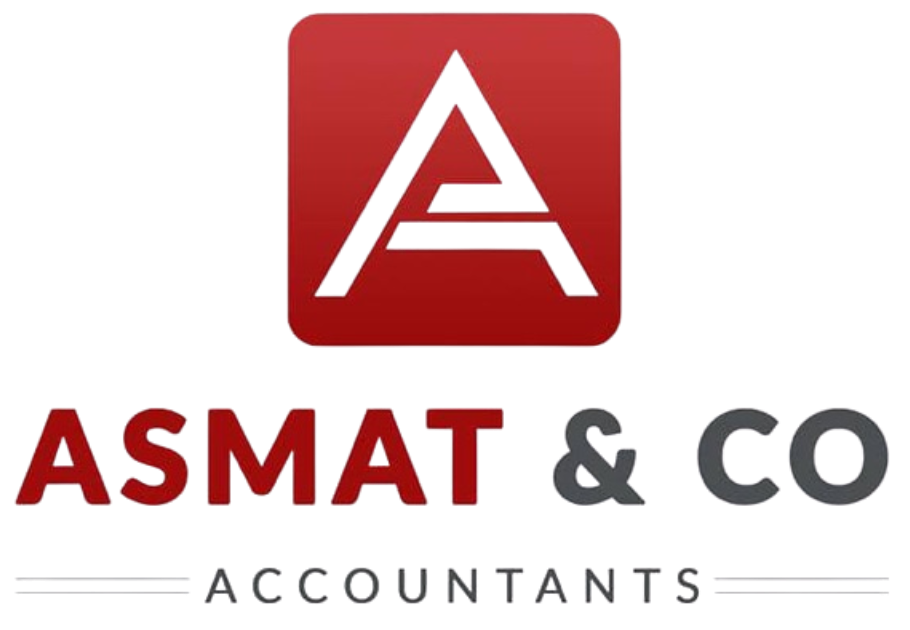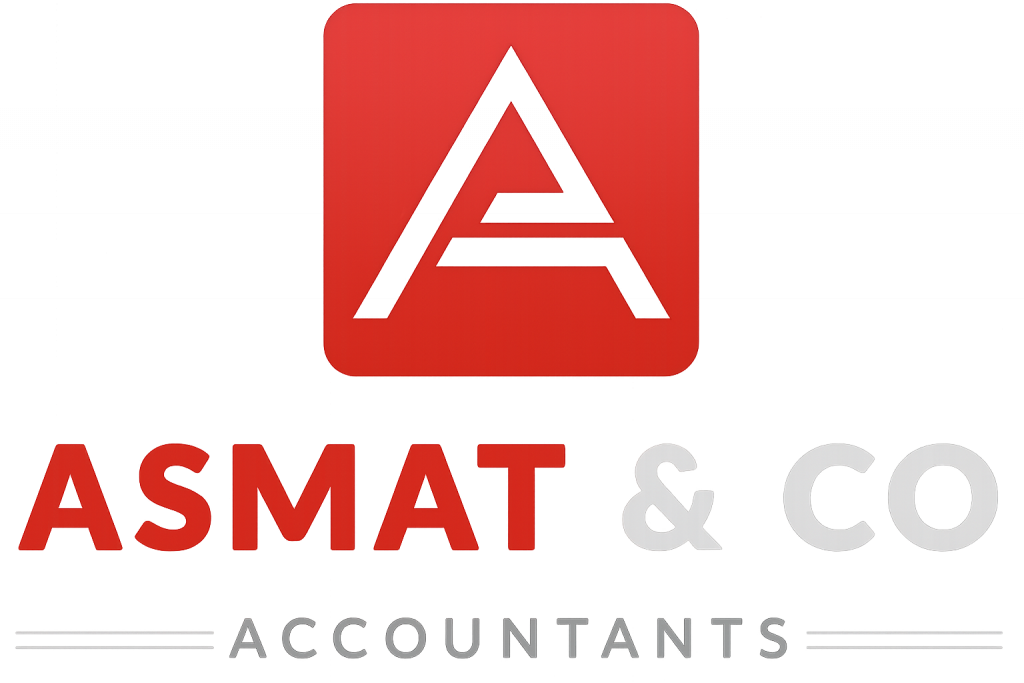Navigating the complex waters of corporation tax can often feel daunting, especially when your business is facing financial losses. However, understanding the concept of corporation tax loss carry back can offer significant relief and help your business reclaim some much-needed cash.
In this article, we will break down what corporation tax loss carry back means, how it works, and the steps you need to take to claim this relief.
Corporation tax loss carry back is a provision that allows businesses to offset current year tax losses against profits from previous years.
This can be a lifeline for businesses that have experienced a downturn, as it enables them to reclaim taxes paid in profitable years, thereby improving cash flow during challenging times.
Definition and Purpose
The concept of corporation tax loss carry back is rooted in providing businesses with a financial cushion during hard times. By allowing businesses to offset losses against past profits, it serves as a mechanism to stabilize cash flow and provides an opportunity to reassess and strategize for future growth.
This provision is particularly crucial for maintaining operational continuity, especially for businesses that rely heavily on consistent cash flow.
Historical Context
The provision for tax loss carry back has evolved over time, reflecting changes in economic policies and the need to support businesses during economic downturns.
Historically, governments have adapted these rules to provide relief during financial crises, recognizing the role of businesses as economic drivers.
Understanding this historical context can offer insights into how these provisions may change in the future, depending on economic conditions.
Types of Losses Covered
Not all losses qualify for carry back. Typically, trading losses are the primary type considered, although specifics can vary depending on jurisdiction.
Understanding which losses are eligible is crucial for effectively leveraging this provision. By identifying eligible losses, businesses can accurately calculate potential refunds and strategize their tax planning accordingly.
How Does It Work?
When a business incurs a loss, it can choose to carry that loss back to offset taxable profits from prior years. This is particularly useful because it allows the business to secure a tax refund for the earlier years, effectively providing an immediate cash boost.
The Carry Back Process
The process begins by identifying the loss amount and determining which profitable year(s) to offset. This requires a comprehensive review of past financial statements and tax returns.
Once identified, businesses can file an amended return for the profitable year, claiming a refund for the taxes previously paid. The refund process can vary in duration, depending on the efficiency and regulations of the tax authority involved.
Duration and Limits
The carry back period typically extends to the previous year, but in some cases, businesses may be allowed to carry back losses further, depending on specific tax rules and regulations.
Understanding the duration and any associated limits is critical for maximizing relief. Some jurisdictions allow a carry back of up to three years, providing more flexibility and potential for greater refunds.
Strategic Implications
Choosing to carry back losses involves strategic considerations, especially when deciding between carrying back and carrying forward. Each option has different implications for cash flow and future tax liabilities.
Businesses must evaluate their current financial situation, potential future profits, and the economic environment to decide the best course of action.

Benefits of Loss Carry Back
The primary benefit of the corporation tax loss carry back is the immediate cash flow advantage. By reclaiming taxes paid in profitable years, businesses can access cash that can be reinvested into operations, used to pay down debt, or provide a buffer against future uncertainties.
Cash Flow Improvement
The most immediate advantage is the enhancement of cash flow, which is vital for operational expenses and investments.
This cash influx can be used to support day-to-day operations, fund new projects, or manage unexpected expenses. By improving liquidity, businesses can better position themselves to weather economic downturns.
Tax Planning Simplification
Another advantage is the simplification of tax planning. By offsetting current losses against past profits, businesses can reduce their taxable income, leading to potential tax savings.
This simplification enables better long-term financial planning, allowing businesses to focus on strategic growth initiatives rather than short-term financial hurdles.
Long-term Financial Stability
Incorporating loss carry back into a broader financial strategy can enhance long-term stability.
By strategically managing tax liabilities, businesses can create a more predictable financial environment, which is crucial for stakeholder confidence and investment attraction.
This stability is essential for sustaining growth and competitive advantage in challenging markets.
How to Claim Corporation Tax Loss Carry Back
Claiming corporation tax loss carry back involves several steps. Here’s a straightforward guide to help you navigate the process:
-
Determine Eligibility
Before proceeding with a claim, ensure your business is eligible for loss carry back. This typically requires a thorough review of your financial statements to confirm that you have indeed incurred a taxable loss.
Eligibility Criteria
Different jurisdictions have specific criteria for eligibility, which may include the type of losses, business structure, and the nature of operations.
It’s crucial to familiarize yourself with these criteria to avoid any potential disqualifications. A detailed understanding of eligibility ensures that businesses do not waste time and resources on ineligible claims.
Consulting with Experts
Engaging with tax professionals can provide clarity on eligibility. Experts can offer insights into complex tax rules and guide businesses through the nuances of tax legislation.
This consultation can prevent costly mistakes and ensure compliance with all relevant tax regulations.
Common Pitfalls
Many businesses fall into common traps when assessing eligibility, such as misinterpreting financial data or overlooking specific legal requirements.
Being aware of these pitfalls can help in preparing a more accurate and successful claim. Thorough preparation and an understanding of potential challenges are key to a smooth claim process. -
Calculate the Loss
The next step is to accurately calculate the amount of loss you wish to carry back. This involves assessing your financial records to determine the exact amount of loss that can be offset against previous years’ profits.
Accurate Record Keeping
Maintaining precise financial records is essential for an accurate calculation. Detailed records allow for a clear understanding of losses and ensure that claims are based on factual data.
This accuracy is crucial for avoiding disputes with tax authorities and ensuring a smooth refund process.
Loss Valuation Techniques
Different methods can be employed to value losses, including direct cost analysis and revenue comparison. Choosing the right technique depends on your business’s specific circumstances and financial structure.
Selecting an appropriate method can maximize potential refunds and align with regulatory expectations.
Adjustment for Inflation
In some jurisdictions, it may be necessary to adjust loss values for inflation when carrying them back to previous years.
Understanding how inflation impacts loss value is crucial for ensuring accurate calculations and maximizing potential refunds. -
Prepare the Necessary Documentation
To support your claim, you’ll need to prepare detailed documentation that includes financial statements, tax returns from previous years, and any other relevant documents. This information will be crucial in validating your claim with tax authorities.
Documentation Checklist
A comprehensive checklist can help ensure that all necessary documents are prepared. This typically includes financial statements, previous tax returns, proof of loss, and any correspondence with tax authorities.
Having a checklist ensures that no critical documentation is overlooked, streamlining the submission process.
Importance of Clarity
Clear and concise documentation is essential for a successful claim. Ambiguities or incomplete records can lead to delays or rejections. Ensuring clarity in your documentation can facilitate quicker processing and reduce the likelihood of additional requests for information.
Digital Record Keeping
Leveraging digital tools for record-keeping can enhance accuracy and efficiency. Digital records are easier to organize, access, and share, which can be particularly useful during the claim submission process.
Embracing technology can streamline the documentation phase and improve overall claim management. -
Submit the Claim
Once you have all the necessary documentation, you can submit your claim to the relevant tax authority. This usually involves filling out specific forms and providing supporting evidence of your losses and previous tax payments.
Submission Channels
Understanding the available submission channels, such as online portals or physical submissions, is crucial. Each channel has its own set of requirements and processes, which should be adhered to for a successful submission.
Choosing the right channel can affect processing times and overall claim success.
Form Completion Tips
Accurate completion of submission forms is vital. Attention to detail is required to ensure all information is correct and aligned with supporting documents.
Errors in form completion can lead to delays or rejections, so thoroughness is key.
Confirmation and Tracking
After submission, obtaining confirmation and tracking the progress of your claim is important. Many tax authorities provide tracking options to keep claimants informed about the status of their claims.
Staying informed helps in managing expectations and allows for timely interventions if issues arise. -
Follow Up
After submitting your claim, it’s important to follow up with the tax authority to ensure your claim is being processed. Keep track of any correspondence and be prepared to provide additional information if required.
Importance of Communication
Maintaining open lines of communication with the tax authority can facilitate a smoother process. Regular follow-ups demonstrate your commitment and can expedite the resolution of any issues that may arise.
Proactive communication is essential for managing the claim timeline effectively.
Responding to Requests
Be prepared to respond promptly to any requests for additional information or clarification from the tax authority. Timely responses can prevent unnecessary delays and show that you are engaged in the process. Being responsive is key to maintaining momentum in the claim process.
Tracking Progress
Utilizing tools and systems to track the progress of your claim can provide peace of mind and keep you informed. Regular updates can help in planning future financial strategies and ensure that you are prepared for the next steps once the claim is resolved.
Important Considerations
While the corporation tax loss carry back offers significant benefits, there are a few important considerations to keep in mind:
Timing
The timing of your claim is crucial. Most jurisdictions have specific deadlines for submitting loss carry back claims, so it’s essential to act promptly to ensure you don’t miss out on potential refunds.
Deadline Awareness
Being aware of submission deadlines is vital to ensure eligibility for refunds. Missing deadlines can result in forfeiting potential financial relief. Marking key dates and setting reminders can help keep your claim on track and ensure timely submission.
Strategic Timing
Strategically timing your claim submission can also be beneficial. Aligning submissions with financial cycles or other business events can optimize cash flow and financial planning. Understanding the broader timing implications can enhance the financial impact of your claim.
Extensions and Exceptions
Some jurisdictions may offer extensions or exceptions under specific circumstances. Being aware of these possibilities can provide additional flexibility in managing your claim. Consulting with tax professionals can help identify opportunities for extensions if needed.
Detailed Records
Maintaining detailed financial records is vital. Accurate documentation not only supports your claim but also helps prevent any potential disputes with tax authorities.
Record Maintenance Practices
Implementing robust record maintenance practices ensures that all necessary documentation is available when needed. This includes regular audits and updates to financial records. Consistent record maintenance simplifies the claim process and ensures compliance with regulatory requirements.
Handling Disputes
In case of disputes with tax authorities, having detailed records can support your position and facilitate resolution. Documentation serves as evidence to back your claims and negotiate outcomes.
Being prepared for disputes can safeguard your interests and promote a fair resolution process.
Technology Integration
Integrating technology into record-keeping practices can enhance efficiency and accuracy. Utilizing accounting software and digital storage solutions can streamline documentation processes and facilitate easier retrieval of records.
Consult a Tax Professional
Given the complexity of tax regulations, it’s advisable to consult a tax professional to guide you through the process. An expert can provide valuable insights, ensure compliance with all legal requirements, and maximize your tax savings.
Professional Expertise
Tax professionals bring a wealth of knowledge and experience that can be invaluable in navigating complex tax scenarios.
Their expertise can help identify opportunities and risks that may not be immediately apparent. Leveraging professional insights can optimize your tax strategy and enhance outcomes.
Cost vs. Benefit Analysis
Engaging a tax professional involves cost considerations, but the potential benefits in terms of optimized tax savings and compliance can outweigh these costs. A cost-benefit analysis can help determine the value of professional assistance for your specific situation.
Long-term Relationships
Building long-term relationships with tax professionals can provide ongoing benefits. These relationships offer continuity and a deeper understanding of your business’s unique financial landscape, leading to more tailored and effective tax strategies over time.
Real-Life Example: A Case Study
Consider the example of a manufacturing business that experienced a significant downturn due to market fluctuations. In the current year, the business recorded a substantial loss but had paid considerable taxes in the previous profitable year.
By opting to carry back the loss, the business was able to reclaim taxes paid, providing a crucial cash infusion that helped stabilize operations.
Business Background
The manufacturing business, known for its innovative products, faced unexpected challenges due to shifts in consumer demand and supply chain disruptions. These factors led to a sharp decline in sales and profitability, putting pressure on cash flow and operational stability.
Strategic Decision Making
In response to the downturn, the business conducted a thorough analysis of its financial position and explored tax relief options.
The decision to carry back losses was part of a broader strategy to manage financial challenges and secure liquidity. This strategic decision was informed by detailed financial modelling and consultation with tax experts.
Outcome and Impact
The successful claim resulted in a substantial tax refund, which was reinvested into critical areas of the business, including research and development and debt reduction.
This financial boost not only stabilized operations but also positioned the business for future growth as market conditions improved. The case underscores the importance of strategic tax planning and the tangible benefits of utilizing loss carry back provisions.
Tax Planning Tips
In addition to understanding loss carry back, here are some tax planning tips to consider:
Regularly Review Financial Statements
Stay informed about your financial health by regularly reviewing your financial statements. This helps you identify potential losses early and plan accordingly.
Importance of Regular Reviews
Regular reviews enable proactive management of financial performance and early identification of trends. This foresight can prevent larger financial issues and support timely decision-making. Consistent monitoring is a cornerstone of effective financial management.
Tools for Analysis
Using financial analysis tools can enhance the accuracy and depth of your reviews. These tools provide valuable insights into financial performance and can guide strategic planning. Embracing technology in financial analysis can lead to more informed decision-making.
Benchmarking
Comparing your financial performance against industry benchmarks can provide context and highlight areas for improvement. Benchmarking helps assess competitiveness and identify opportunities for growth and efficiency.
Forecast Future Earnings
Having a clear forecast of your future earnings can aid in making informed decisions about whether to carry back losses or carry them forward to offset future profits.
Creating Accurate Forecasts
Accurate forecasting involves analyzing historical data, market trends, and economic indicators. These forecasts are essential for making strategic decisions and aligning business goals with financial realities. Robust forecasting practices support long-term planning and sustainability.
Scenario Planning
Incorporating scenario planning into forecasting can prepare your business for different economic conditions. This flexibility allows for adaptive strategies and resilience in the face of uncertainty. Scenario planning enhances readiness for both opportunities and challenges.
Adjusting Strategies
Regularly updating forecasts and adjusting strategies based on new information ensures alignment with changing circumstances. This adaptability is crucial for maintaining competitive advantage and financial health.
Stay Updated on Tax Regulations
Tax laws and regulations are subject to change. Staying updated on the latest developments can help you take advantage of new opportunities and avoid potential pitfalls.
Monitoring Regulatory Changes
Regularly monitoring changes in tax legislation ensures compliance and identifies opportunities for optimization. Awareness of regulatory developments is crucial for proactive tax management and avoiding compliance issues.
Engaging with Industry Groups
Participating in industry groups and forums can provide valuable insights into regulatory changes and best practices. These networks offer opportunities for collaboration and knowledge sharing. Engaging with peers enhances understanding and preparedness for regulatory shifts.
Continuous Learning
Investing in continuous learning and professional development can keep your knowledge current and relevant. This commitment to learning supports effective tax management and strategic planning. Continuous education fosters innovation and adaptability in tax strategy.
Conclusion
Corporation tax loss carry back is a powerful tool for businesses facing financial challenges. By understanding how it works and following the steps to claim relief, you can unlock valuable tax savings and improve your business’s financial resilience.
Remember, consulting with a tax professional can provide additional guidance and ensure that you make the most of this important tax strategy.
By leveraging tax savings strategies like loss carry back, your business can navigate tough times with greater confidence and emerge on a path to renewed growth and success. Embracing these strategies not only supports immediate financial needs but also strengthens your business’s foundation for long-term prosperity.

